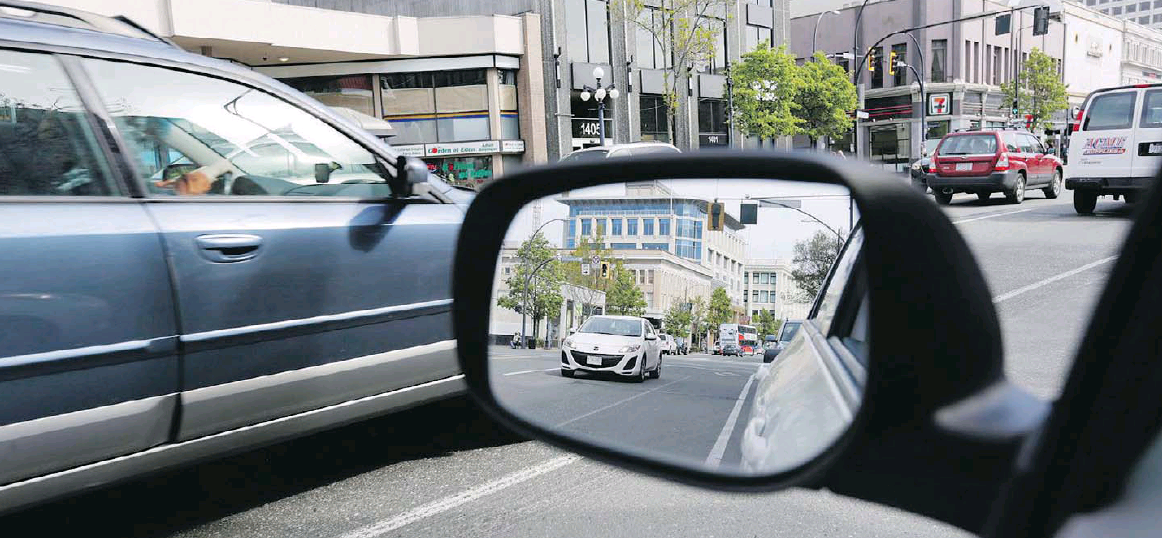The Importance of a Good Shoulder Check

Relying on side or rear-view mirrors alone will leave drivers with a considerable blind spot. Only by doing a proper shoulder check can drivers ensure there is no traffic in the way when changing lanes.
The Importance of a Good Shoulder Check
Most conscientious driving instructors take part in several professional-development exercises.
One of these exercises is a ride-check of another driving instructor seated in the back seat during in a typical driving lesson.
A simple shoulder check, in the area commonly referred to as a blind spot, is very important.
It is the only way to see if there is someone or something not normally visible in the side-view mirrors.
The instructors who were ride-checking me said my check was somewhat delayed.
I was in the habit of checking the relevant shoulder after the student had done so, as opposed to doing it at a pivotal time.
What is Shoulder Checking
The shoulder check is one of the most important checks, not only on a driving test, but also in everyday driving.
It will identify other miscellaneous traffic hidden in the blind spot, when turning, changing lanes, leaving or parking at the curb.
No matter how well drivers set up their rear-view and side-view mirrors, there will always be a gap.
It is imperative that every driver glance left over the shoulder in the intended direction of travel, before making any lateral driving manoeuvre.
The omission of this simple head turn is responsible for a great number of crashes and is often a major factor in failures on the provincial driver’s road test.
Offside Shoulder Check in Reverse Driving Tasks
There are three skill-related driving tasks that involve reverse gear and are required on a driving road test.
The parallel, reverse stall and straight-line backing action all need a mandatory offside shoulder check, before beginning the back-up move.
An offside shoulder check is the act of looking over the left shoulder first before doing a scan left to right, and looking between the seats, out the back window of the vehicle.
This completes a 360-degree circular observation of the vehicle.
It is permissible to use one hand while backing in a straight line on a driving test.
Two hands are required for other reverse manoeuvres.
Importance of Shoulder Check in Preventing Accidents
The most important lapse in a regular shoulder check can mean serious injury and possible death to an innocent cyclist or pedestrian.
It is possible to significantly reduce the blind-spot area by adding stick-on convex mirrors to the side view mirrors of any vehicle.
These mirrors in no way eliminate the necessity to do the mandatory shoulder check, particularly on multi-lane highways.
It is impossible to see far left or right over the shoulder by the sole use of convex mirrors.
Tips for Effective Shoulder Checking
Drivers should make turns from as far left and right as the lanes extend.
In doing so they will encourage cyclists to be positioned directly behind the motor vehicle, as opposed to beside it.
This will reduce the chance of a side impact.
A professional driver gave me the best advice concerning the timing of a shoulder check.
When in busy traffic, he would signal his intention first, then do a shoulder check.
This action allowed other drivers to give him the space needed to do a safe lane change.
At high speed, he checks his shoulder first, then signals his intention to change lanes.
Drivers at high speed, seeing a signal light, may be tempted to react out of fear of an immediate lane change.
In this situation, a hard brake or sudden steering motion on ice, snow, or a rain-soaked road surface, may cause a loss of vehicle control.


